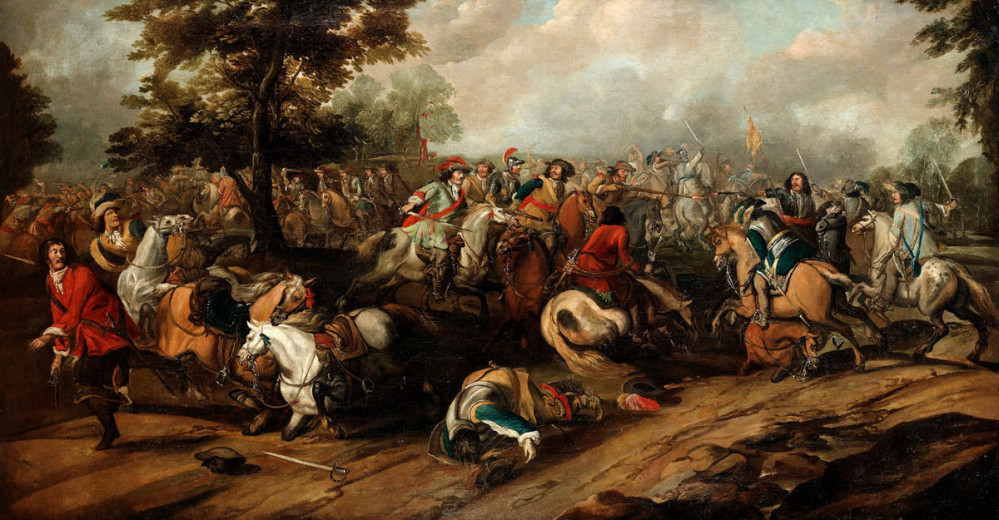
ECW: Time to make war
Movement – Complications
In previous posts I presented the basic movement rates for the (relatively) small number of troop types. Essentially this reflects reality as well as making the rules simple. But I did not yet consider possible variations and treatment of obstacles. So here are a few more thoughts.
Obstacles are usually represented in rules as a reduction in the overall movement allowance. This makes sense as the turns are generally based on a time period, be it minutes or whatever. This makes the rules easy to understand and to play. Although I have seen some rules that have variable time rates, I’ll stick with the usual for now.
So, what are we talking about when it comes to obstacles for troop movement? Bearing in mind the troop types prevalent in the period, their equipment, drill manoeuvres etc.?
I think there are essentially three types of obstacle encountered on the wargame table: Linear terrain (i.e. walls, hedges, rivers); Area terrain (e.g. muddy ground, uneven ground, low hills); and Blocking terrain such as high hills, buildings etc.
The latter is simple. Anything designated as blocking terrain can not be traversed and must be circumnavigated. Usually a wargame table would not have too much of this, and not in critical positions (exceptions are skirmish 1:1 games like Bolt Action or Infinity where LoS blocking is not only desirable but a game requirement). So all that’s required is to clarify any terrain were there is some doubt.
Area effect terrain is also fairly straightforward, I think. A marsh is a marsh and will slow down movement, a steep hill also (both up and down), rough terrain i.e. rocky etc. also. What matters in the period to it maintain a unit’s coherence (particularly infantry) and that means taking more time to maintain it over bad terrain. So, what should be the penalty?
Many rules adopt a %age approach, i.e. reduce movement by 50% and I think that’s also a reasonable option. So for area effect terrain, movement is reduced by a half. If a unit cannot traverse the terrain in one move, they will also suffer the penalty on their next turn.
Crossing a river might take longer and the unit remains in the terrain feature until the next turn.
Linier terrain I will treat slightly differently. I think cavalry would simply jump over a hedge or wall and an inclined NOT to make any reduction at all for them. Infantry, especially Pikemen would take a lot longer to climb a wall/hedge and then need to form up again afterwards.
My inclination is to make a move reduction in cms, rather than a percentage. So for example a standard P&S unit would lose 4cm of it’s movement allowance to traverse a linier obstacle. However, an irregular unit that doesn’t carry 18’ pikes would not be so inconvenienced, and therefore only reduce their move by 2cm.
Not sure the impact in practice, so will test these out.
There is another aspect of movement which is not used in many rule sets, and that is variable movement. A typical battle field is not the pristine, flat billiard table that we have, but despite “looking” nice and uniform, actually comprises small peaks and troughs, hidden holes, irregular ground, minor wet patches etc. I wonder if we should think about this in our games? While I doubt I’ll use this when playing with my son, I am intrigued to test this out by myself.
Such an approach would introduce an element of uncertainty in movement (as I think is reflected in real history) and could be adopted with a minimum of additional dice throws. My initial thought is to use two average dice (numbered 2, 3, 3, 4, 4, 5) in Red and Green. For each movement command the dice are thrown and the difference (if any) is reflected in an addition or reduction in movement. i.e. a Red 5 and Green 3 would be a -2 movement; whereas a Green 4 and Red 2 would be a +2 movement.
Is this too much complexity? Perhaps, but in a solo campaign when time (and complication) is not really an issue, it might introduce a further “fog of war” to the game.
So in summary, movement allowances will be impacted by terrain features:
Linier terrain reduces infantry rates by 2 – 4 cm depending on unit type
Area terrain reduces all units by 50%































![TerrainFest 2024 Begins! Build Terrain With OnTableTop & Win A £300 Prize! [Extended!]](https://images.beastsofwar.com/2024/10/TerrainFEST-2024-Social-Media-Post-Square-225-127.jpg)
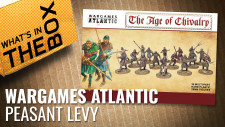








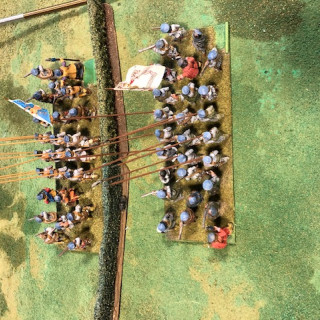
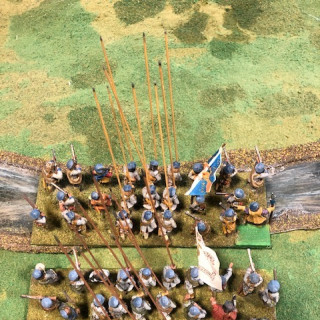
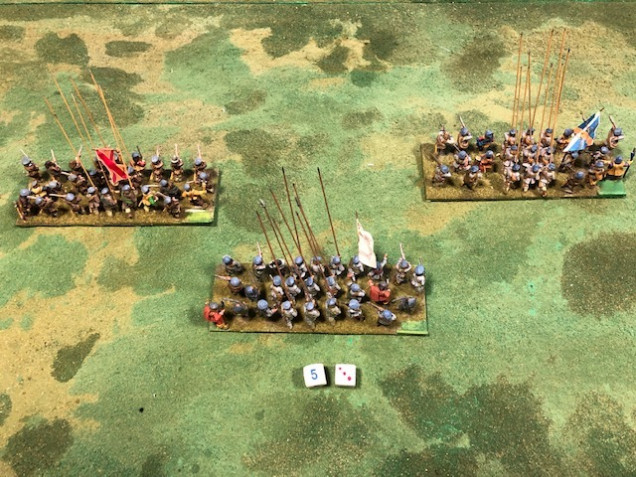

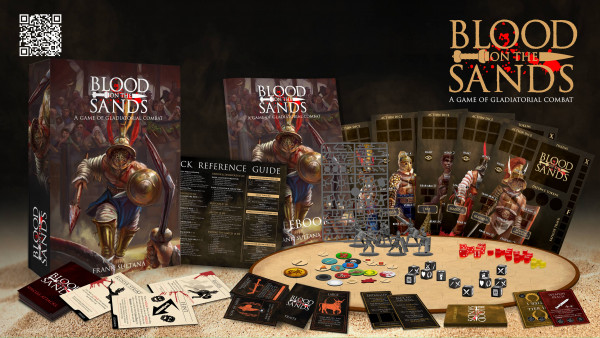



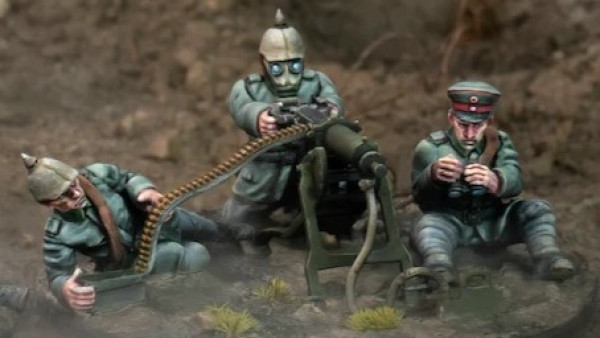


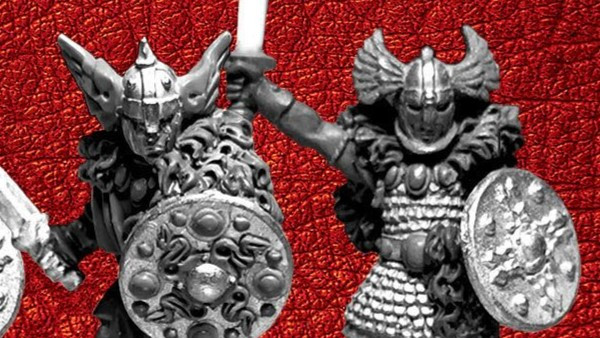
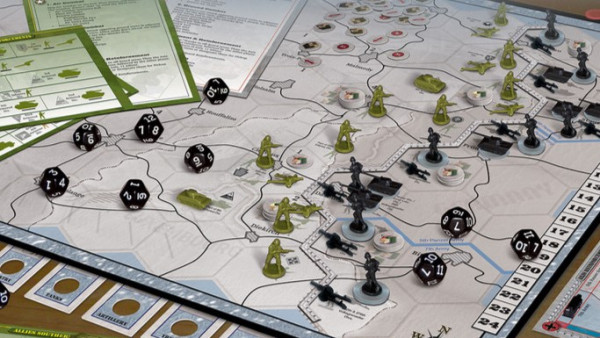
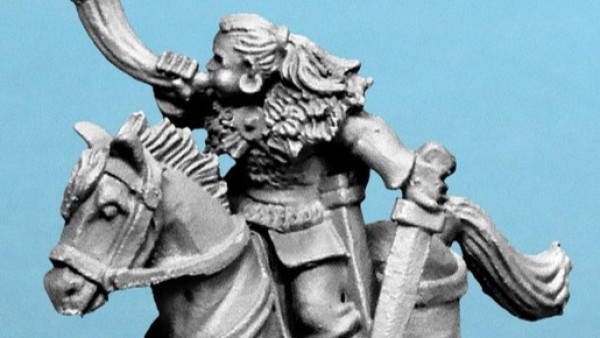






















Fabulous work on your figures and the games table @applemak
thank you. lots still to do though
With the headway of innovation business firms has broadened their degree for advancement and extension magento developers in different nations of the world by giving them the most elite items or administrations.